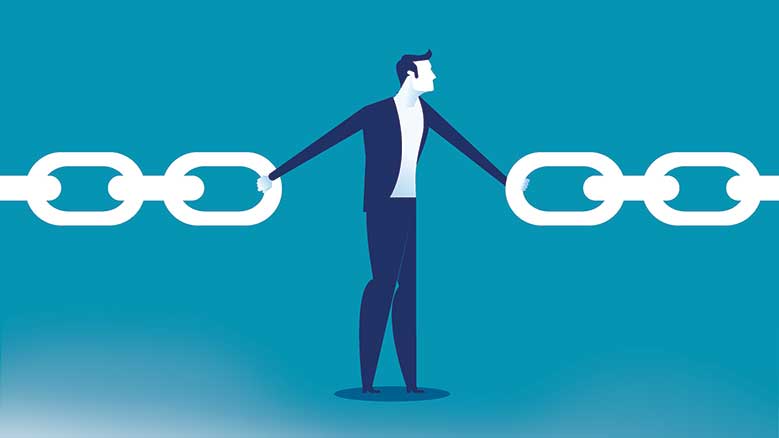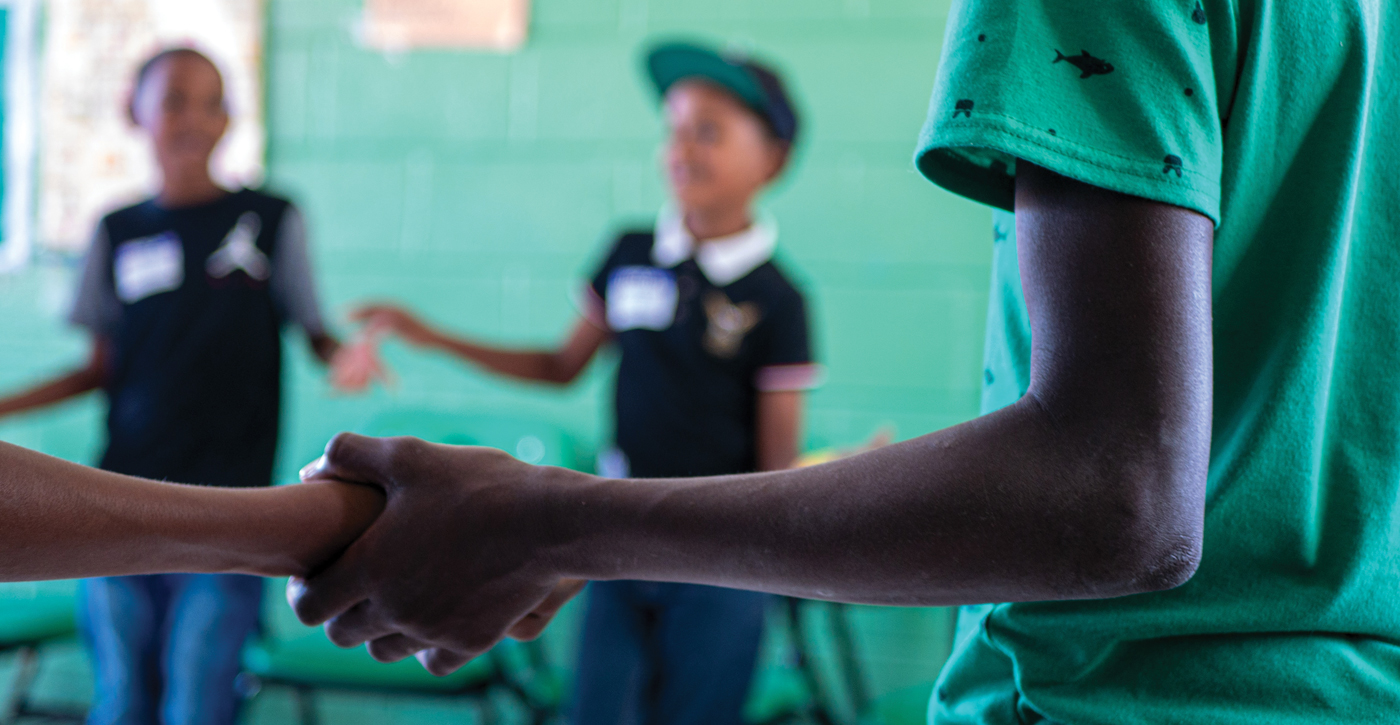
The events in Ukraine can be seen in different ways. My parents voted for Viktor Yanukovich; they believe in supporting Russia and friendly relations between the two countries. My friend supports the people who were on the Maidan in Kiev: she thinks people have the right to say what they want and don’t want. My sister says people should watch less TV and do more praying. The mass media pour out a stream of diverse news, and people are overwhelmed by emotions. Much information is unreliable, and there is a lot of interpretation: emotions come to the boil!
Our experience of working with the Alternatives to Violence Project (AVP) in Kiev helped us to become aware of the strength of the emotional tension. The pressure is enormous, and this weakens people: we saw some people, not many, who could not restrain their fury. They were still able to say there were human beings on both sides of the barricades, but these were words; the feelings were already otherwise. We were all frightened that after the killings there would be an emotional whirlwind, and then it would become complicated.
After the training sessions (held February 22–23, 2014), all the participants told us that we had arrived at just the right time. We had been able to demonstrate that AVP has a range of approaches and techniques, which showed there were still a lot of useful options for people. Training helped them to retrieve their emotional equilibrium, return to a balanced perception of events, and gain strength. Our “transforming strength” (one of the fundamental insights of AVP is to assert that in every person there is something kind and good, on which it is always possible to depend when in communication with him or her) was conveyed by a wide range of resources. There were a lot of words about love. The conversations about the strength within each of us nourished us and made us stronger.
At first it was tricky for us with the group: an “us and them” situation. We had arrived from Odessa, where it was calm and where people preferred not to hold the meetings that were taking place in west and central parts of Ukraine. We spoke Russian, and this also meant they felt we were not a part of them. How could we help people who had lived through so much? We were placed in the same situation but had made a different choice in response to it: in our city, no one fought for their rights. The fact that our role was to be facilitators, not experts, helped us. With every group exercise we came closer, so that we felt we were all human beings and had a lot in common. When they asked questions about violence in actual situations that had taken place in Maidan Nezalezhnosti (Independence Square), we turned to the group, and the participants themselves reflected on these. All we had done was help them come out of the cycle of violence, which everybody had the desire to do. Our “cycle of violence” exercise was probably the most relevant in this group. On the following day, people in the group switched over to their own problems with family and colleagues, and this was a sign that they had returned emotionally to their normal, everyday life.
Peacemaking now in Ukraine is expressed in a particular way. We are happy that people are aware of the power of peace, and they are patient—not with their heads hanging but patient and speaking out. All of us here are learning how to be free. I think it is possible to compare Soviet times with slavery. Previously, some people still believed in a good ruler and wanted him to resolve all their problems. I think for most people, this is a time of lost illusions, and there is a new understanding of the importance of actively creating the world we all want, in which to live and breathe freely! Most people understand that this is only achieved by peaceful means.
My participation in the AVP program made me an active peacemaker, and I was a happy witness to what people revealed when they felt supported and accepted, and not afraid to speak openly. Inside each of us, our own war takes place. We can choose whose side we are on. We can reinforce our position and prove vehemently—frothing at the mouth—that we are right. People want us to сhoose sides. We can lean this way then that, feel split. When I watch this going on and try to let go of my emotions, I understand where the painful pressure points are for myself and other people, and so we become able to manage these emotions. If we take a bird’s-eye view of our situation and look at it with greater love and humanity, it is possible to see the point of view on both sides: that if you join one side, because it is better or stronger, then that gives you only more pain. It is possible to go in circles around a better life for years, to search for it. But really it lies in accepting people, talking with them, paying attention to them, responding to what they say—to see what is human in every person. We all know about this. And every day, we have opportunities to do it.
My position as peacemaker is sometimes criticized by my friends who went to Kiev to participate in the protests; it is interpreted by them as passivity. I ask myself whether they are right. After working in the AVP program in Kiev, I am convinced of the choice I have made. In the aspiration of peacemaking, there is great strength, which preserves the humanity in people, which it is important to not forget in Ukraine, in Russia, and other countries. We must show restraint and not respond to violence with violence. I believe and pray that in Ukraine, people will preserve this spirit of freedom from violence.
AVP was initiated by American Quakers in 1975 initially to work in prisons. AVP Ukraine receives funding from Friends House Moscow.





[…] on both sides of the conflict in Kiev, helping them see the humanity in one another in order to break the cycle of violence. As Alla Soroka, one of the facilitators […]